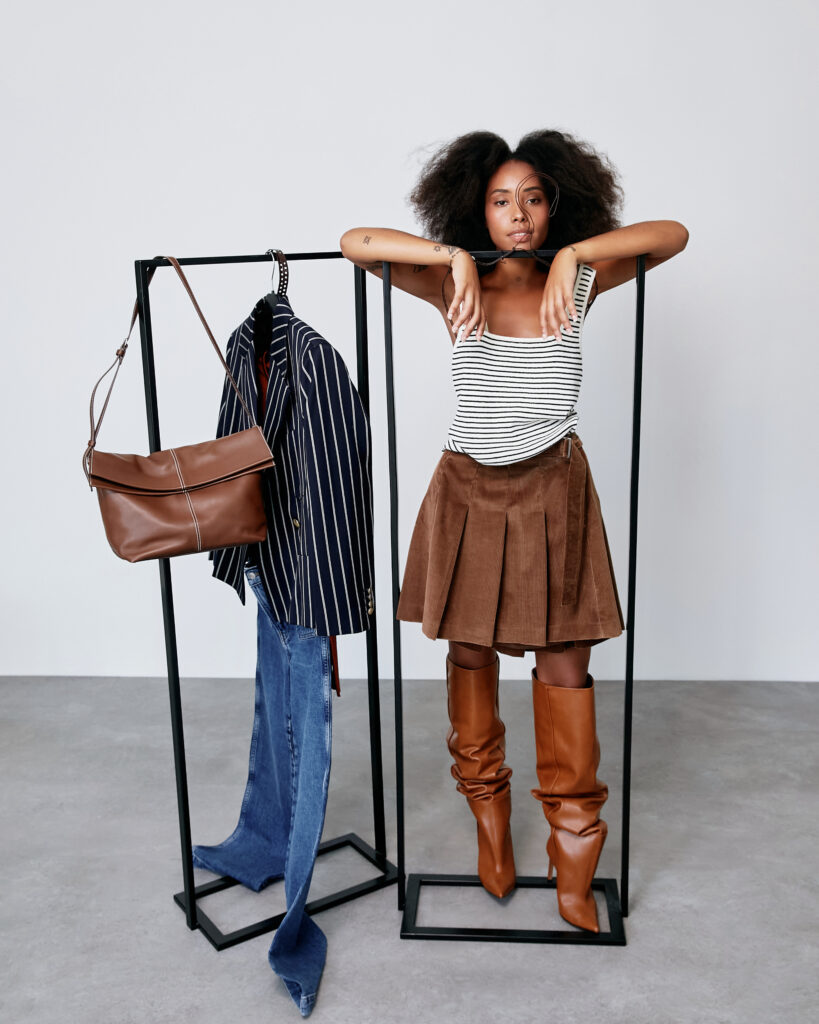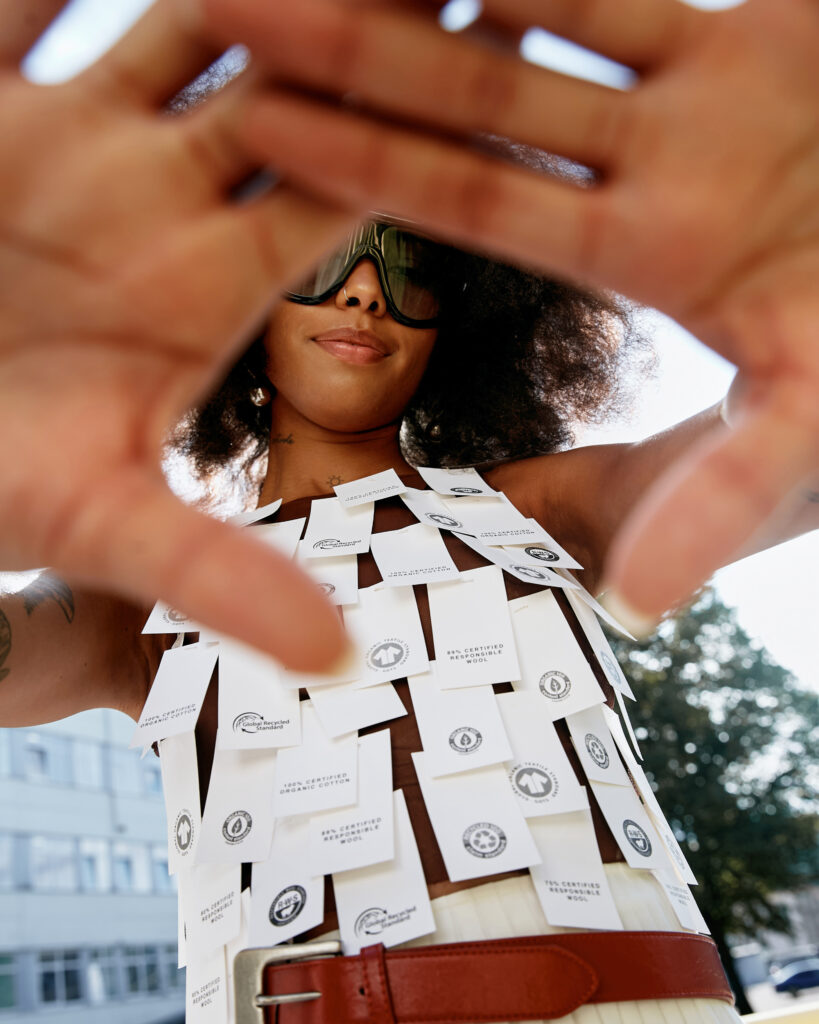
Find your style and stay true to your individual approach. We all have colors that match us best, cuts that best flatter our bodies. Analyze these and be aware of them. It’s okay to be inspired by the latest trends, but only follow those that truly speak to you and suit you. When you purchase items with heart, it’s likely they will continue to bring you joy for a long time. By following these principles, you’ll gather a wardrobe full of beloved and cohesive pieces that reflect your personal style and match well with each other. Not every item in your wardrobe needs to be a standout. In a perfect ensemble, different pieces play different roles. Ensure that your wardrobe includes a good selection of quality basics. These can be easily combined with individual, more unique finds. Creating such a core wardrobe is a great way to express your personality, simplify your dressing process, and save time, money, and the environment.

How often do you check what a product is made of and where it comes from? Your choice and purchase are like casting a vote for the choices made by the producer. Educate yourself on where the raw material for your next clothing item originates and under what conditions it was produced. This way, you can be sure that the wool in your sweater comes from a farm where animals are treated ethically, and no toxic chemicals were used to grow the cotton for your T-shirt. Nowadays, a system of labels has been created to help you as a consumer to more easily track the production chain of materials. You can find such labels on products purchased from reliable brands. Unfortunately, a trustworthy control system is lacking when it comes to products from third countries online shopping platforms.

On photo: glasses Gucci Pro Optika, topp – carolxott, skirt Massimo Dutti, belt Mango
What happens to the material of your clothing after you’ve lovingly worn it to shreds? To ensure that the material used in your beloved product doesn’t end up in a landfill and burden the planet, you can make conscious decisions already at the time of purchase. In an ideal world, we would all buy and wear products made from natural and single-type fibers (100% cotton, linen, silk, wool, mohair, cashmere, alpaca, etc.), as these are the easiest to recycle in the future. A good choice is a product made from already recycled fibers. When a garment becomes too tired from wear, take it to a clothing collection box or a waste station. In Viru Keskus, you’ll find collection boxes at ARKET, Massimo Dutti, Zara, and Kaubamaja Naistemaailm. Throwing old clothes in with household waste is not appropriate.

Larissa wears: headpiece Zara, earrings & necklace on shoulder Mango, knit & skirt Samsoe&Samsoe Kaubamaja, belt Mango
Roland wears: glasses Pro Optika, coat Rains Watch Wear, gloves carolxott
We know that taking care of ourselves gives us more years of quality living. The same applies to clothing items. First, long life is ensured by quality materials and craftsmanship. With good care and attention, you can significantly extend the lifespan of your items even further. Here are some simple tips for taking care of your clothes:
– Repair! A new sole, zipper, or button can give a beloved item a new life cycle. A good tailor and the cobbler at Kingaabi can help you.
– Wash them only when necessary. Sometimes, just cleaning the stained area is enough.
– Avoid drying clothes in the dryer. It wears out the fabric significantly.
– Don’t hang knitwear; it stretches them out.
– Protect your shoes and bags. Use polish and wax for leather and leather-like products. Suede or fabric items can be protected with lamination. This service is available at Sportland or Ecco stores.

On photo: cap adidas Originals vintage, sweatshirt & socks adidas Originals, trousers Rains Watch Wear, sneakers Puma laminated at Sportland
Style: Cärol Ott
Photo: Marianna Gunja
Make-up: Nastya Sheveljova
Models: Roland (Vector Management), Larissa